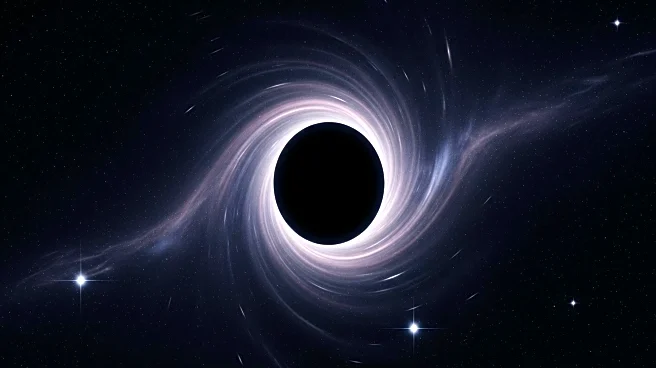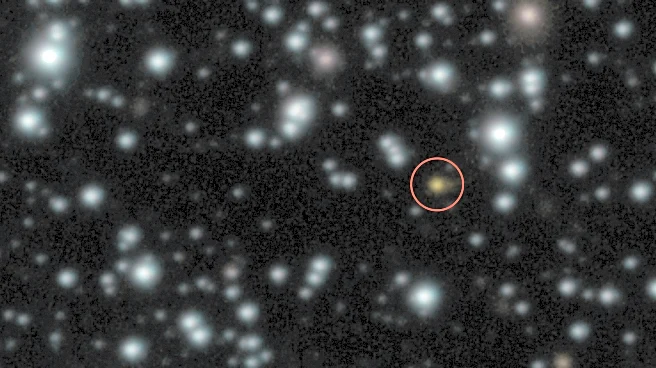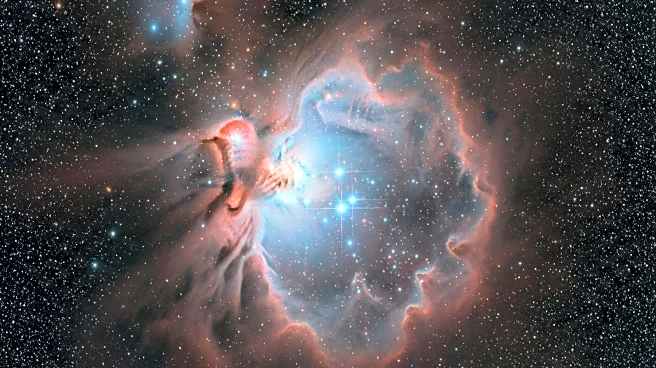What is the story about?
What's Happening?
Centuries before Stephen Hawking, an isolated priest named John Michell imagined the existence of black holes, theorizing that stars with sufficient gravity could prevent light from escaping, rendering them invisible. Michell's ideas, initially speculative, were based on Newtonian physics and the concept of escape velocity. His work laid the groundwork for understanding massive celestial bodies that do not emit light. Despite Michell's isolation and reluctance to share his findings, his theories were eventually presented to the Royal Society. The concept of 'dark stars' faded from scientific discourse until modern astrophysics confirmed their existence. In 2020, the Nobel Prize in Physics was awarded to scientists for discoveries related to supermassive compact objects, validating Michell's early theories.
Why It's Important?
The recognition of Michell's theories underscores the importance of theoretical physics in advancing our understanding of the universe. His early work on black holes paved the way for contemporary astrophysical research, influencing how scientists study gravitational forces and celestial bodies. The Nobel Prize awarded to researchers for their work on supermassive compact objects highlights the significance of Michell's contributions, demonstrating how foundational theories can lead to groundbreaking discoveries. This acknowledgment also emphasizes the role of historical scientific inquiry in shaping modern scientific achievements, bridging past speculations with present-day confirmations.
AI Generated Content
Do you find this article useful?
















